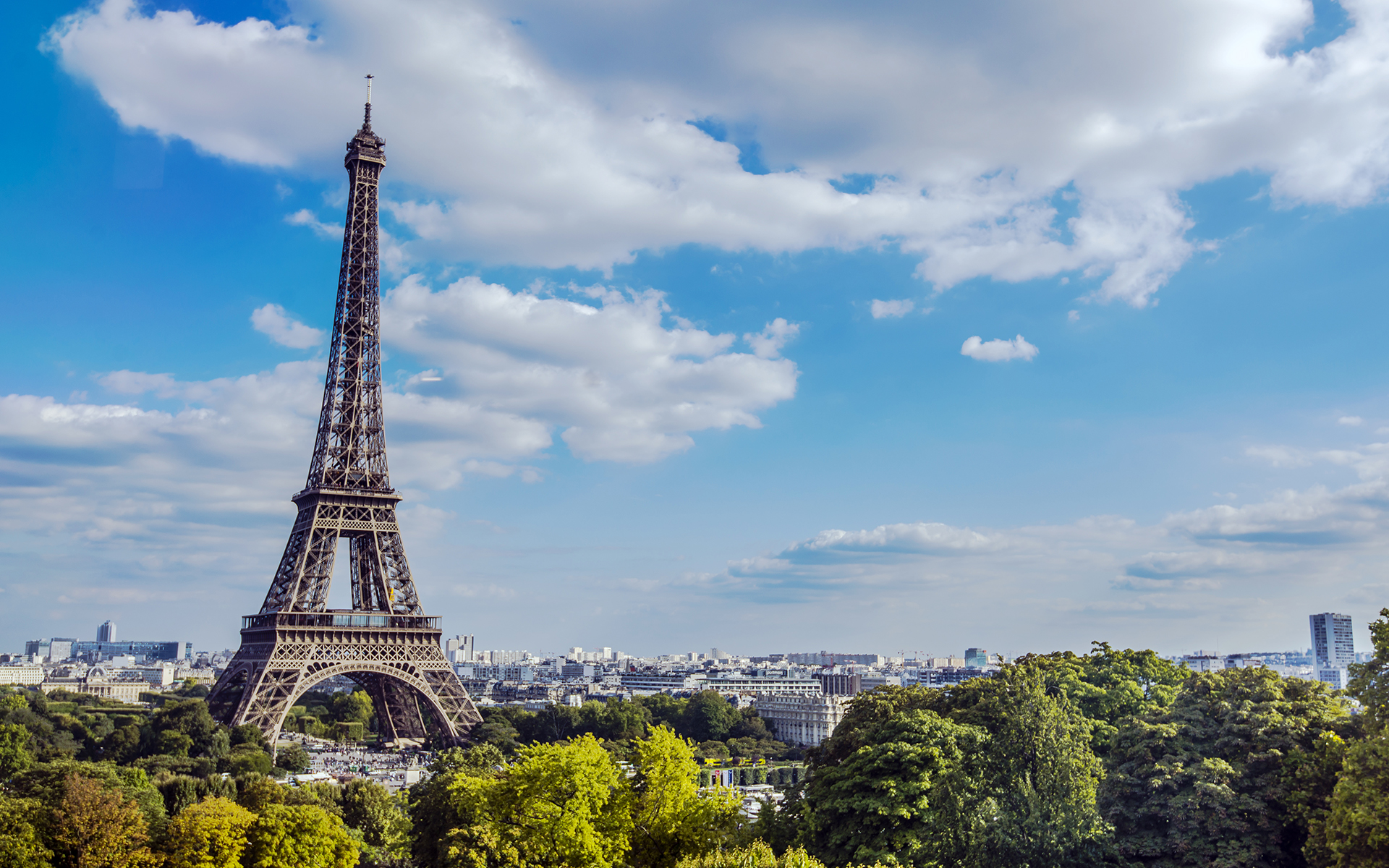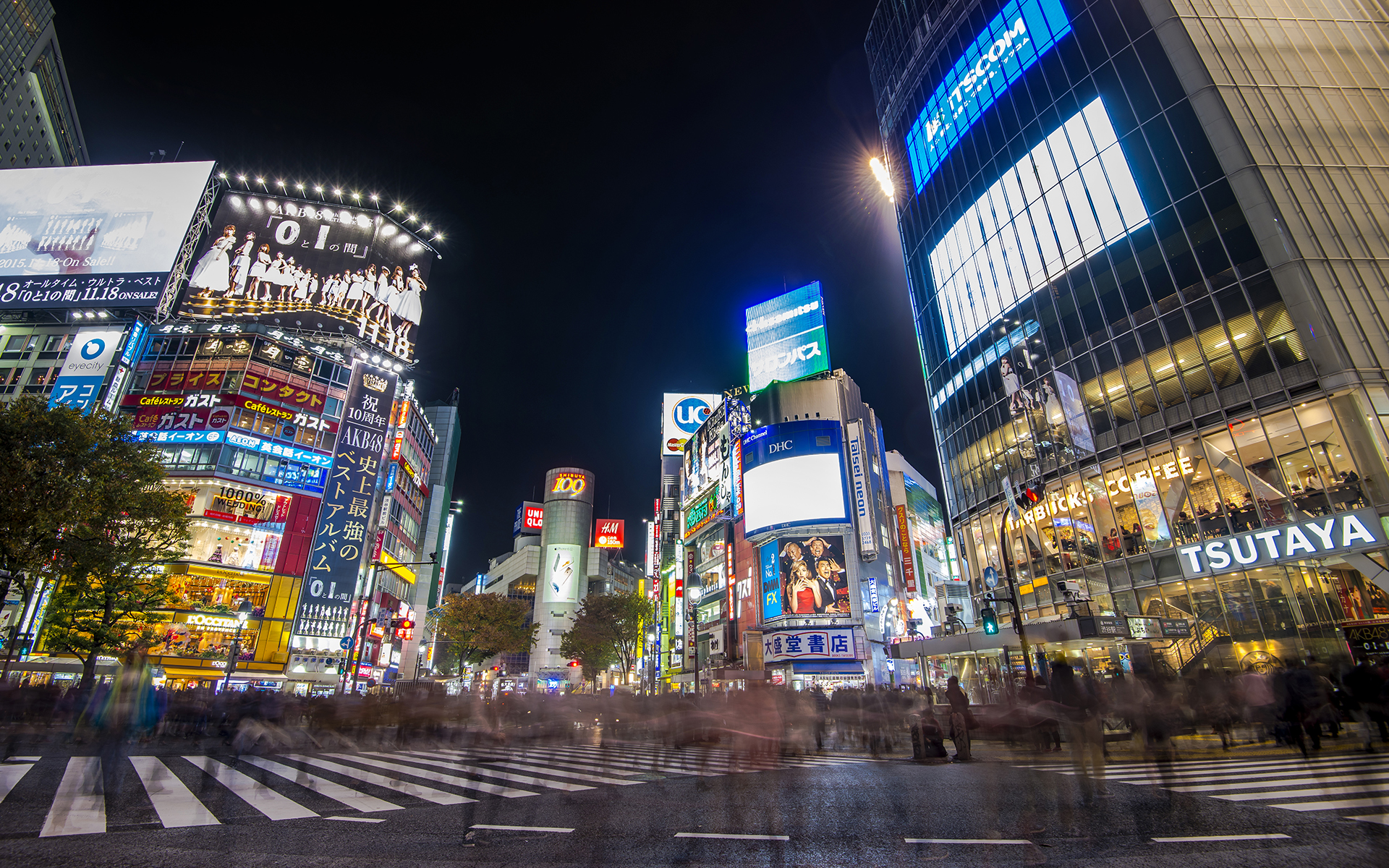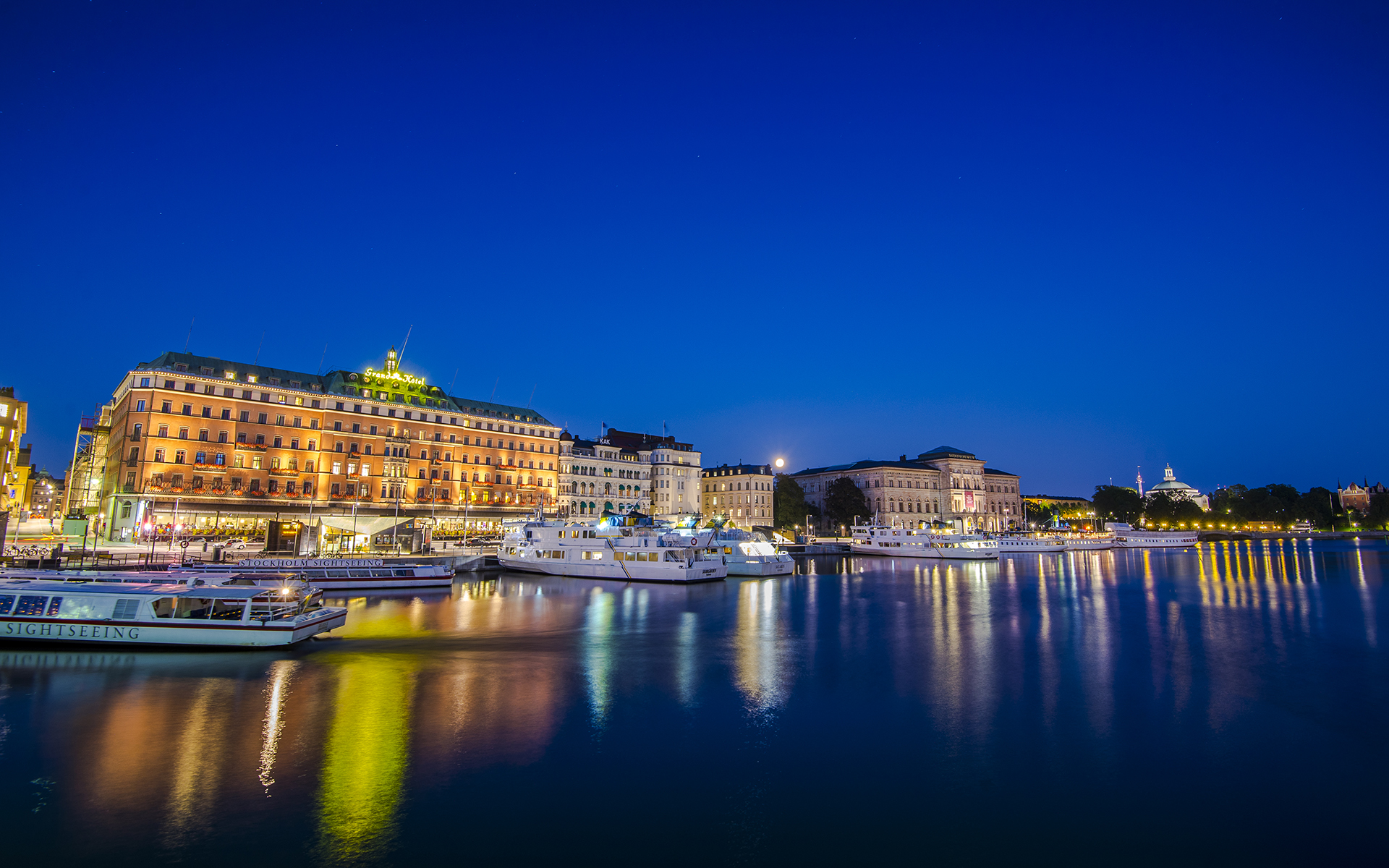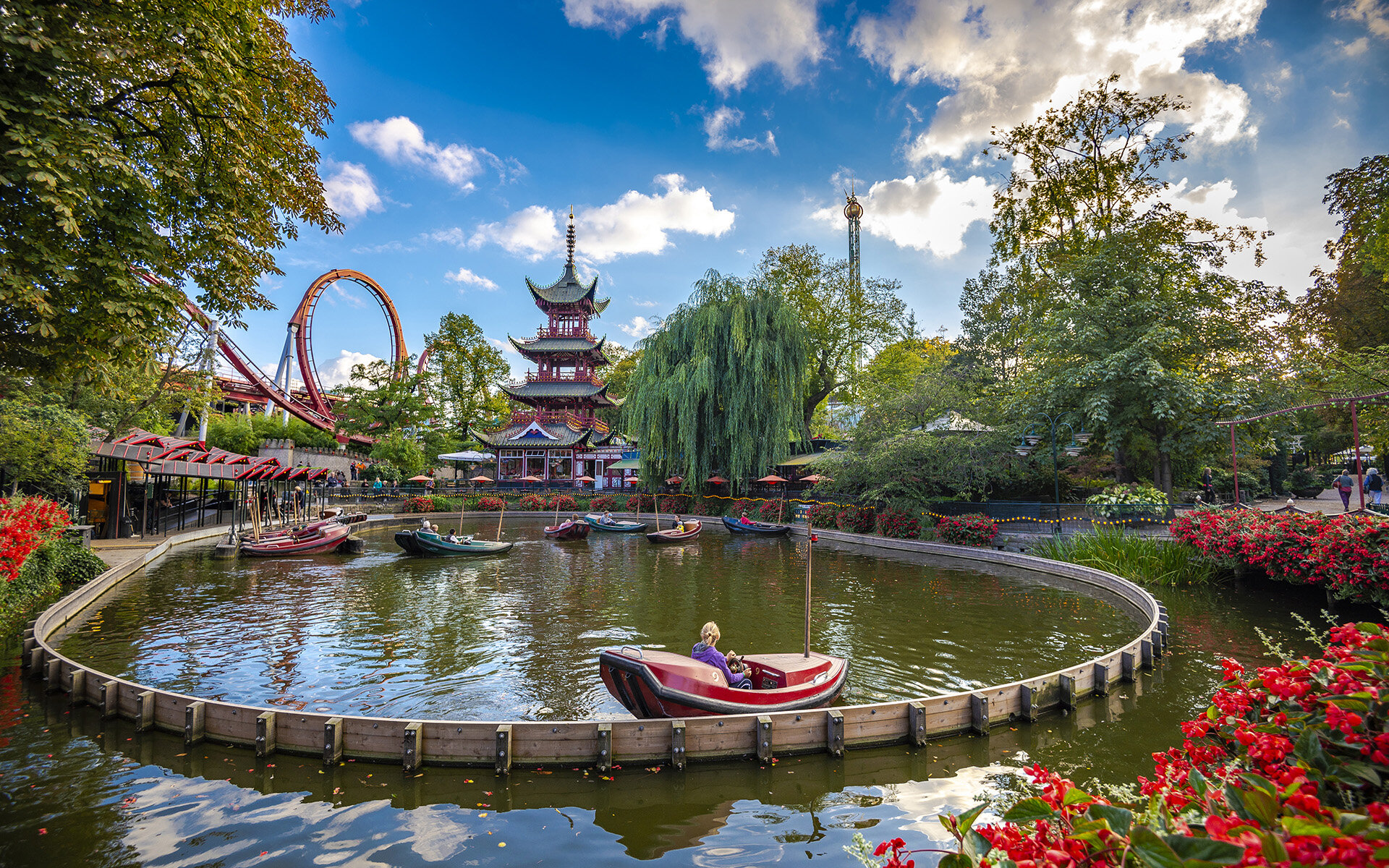Copenhagen: An Overview
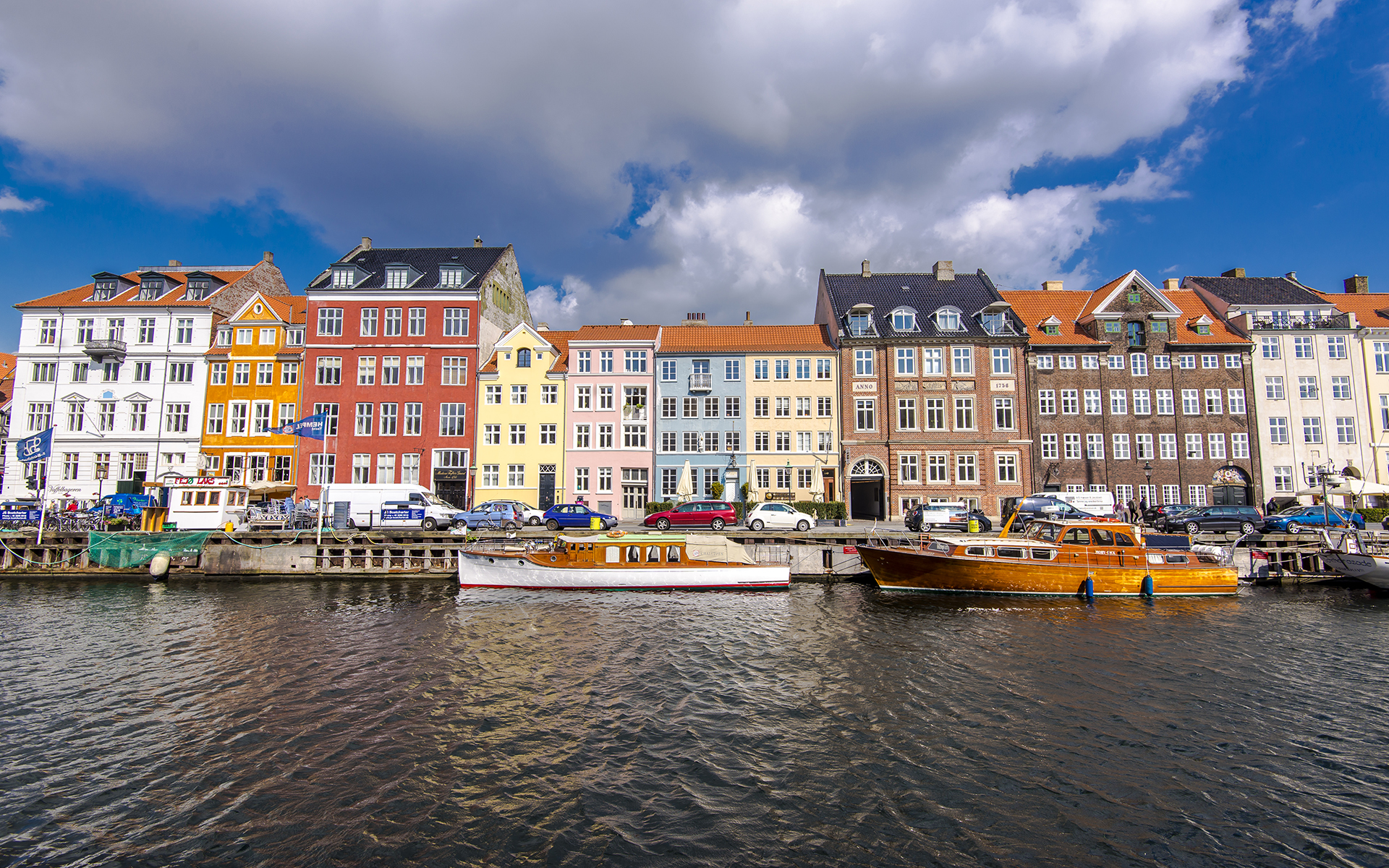
Copenhagen, Denmark
Guess what? It's #TravelTuesday again! Today, we return to Europe and visit the capital of Denmark. Copenhagen is a leading example of the stereotypical progressive European city, with clean, safe neighborhoods, a tightly integrated public transportation system, world class cultural amenities, and a very highly rated standard of living. For theme park fans, it's also home to Tivoli Gardens, one of the oldest theme parks in the world and inspiration for Walt Disney. It's definitely worth a visit of several days (though not necessarily a week-long destination like, say, Paris). Lets take a look at this lovely and modern capital.
A part of the Copenhagen skyline, as viewed from the Church of Our Savior.
Transportation
Most travelers will probably fly into Copenhagen International Airport (CPH), which is located conveniently close to the city core. Those coming from Europe may elect to take the train, which will land them at Copenhagen Central Station (located next to Tivoli Gardens). For the air arrivals who want to get themselves over to the city center, trains at Terminal 3 will take them to Copenhagen Central (look for "København H" on signage and directions) in less than 15 minutes. Alternately, the airport Terminal 3 also offers a metro stop on line M2 that visitors can take to the Norreport St stop, which will place them about a 20 minute walk north by northeaest of Copenhagen Central. A bus line 5A can also get visitors from Terminal 3 to Copenhagen Central in about 30-35 minutes.
A map highlighting Denmark's main city core (somewhat arbitrarily drawn, but diagrammatically about right), the airport ("Lufthavnen"), and the aforementioned train stations of note.
Like many cities in Europe, Copenhagen features an excellent public transportation system comprised of light rail and buses. The metro has several spread out stops within the city center and connects to the greater Danish train network to extend out of the city and to many other suburban stops, while buses form a tighter network within the city center. Unlike Paris, where metro stops are spaced at a walkable scale, Copenhagen's light rail stations are spaced more to the scale of the biker--it can take 15 minutes to get between metro stops on foot, but on a bike, it's more like 5. Indeed, Copenhagen is one of the most bicycle-friendly cities I've ever visted, with bike lanes paralleling every street and also extending out to suburban areas, not to mention designated biker areas on trains to allow cyclists to get on with their two-wheeled devices.
Bike friendliness integrates with public transportation in example of a bike car within one of the city's metro trains.
For public transportation, the city offers two unlimited use passes that are geared toward tourists. The highly-recommended Copenhagen Card provides unlimited access of all rail and bus lines throughout the capital region, access to the airport, and free access to six dozen city attractions including museums, monuments, and Tivoli Gardens. It comes in 1-, 2-, 3-, and 5-day passes. In addition, the Copenhagen City Pass offers unlimited bus, train, and metro access within zones 1-4 in 24- or 72-hour increments. This offers a cheaper alternative to the Copenhagen Card, because it excludes tourist destination admission and is better suited for those who need access to public transportation but don't plan on doing all the touristy stuff.
For another tourist-friendly alternative, consider the Hop-On-Hop-Off bus, which is a private bus line that stops by two dozen of the city's most popular destinations, allowing visitors to find a bus, take it to a desired stop, disembark to check out said attraction, and then take another bus to the next sight. There's also a Canal Tour departing from Nyhavn that offers a waterside look at the city and its sights, with a bit of history sprinkled in.
Attractions
Copenhagen features a bevvy of things to see and experience. As with my other city overviews, this part will serve as an index for future Copenhagen posts that will include information about each attraction's offerings, cost, location, and such.
A map giving a general idea of some of Copenhagen's most popular attractions.
When I visited Copenhagen two years ago, I made heavy use of the Copenhagen Card, which allowed access to the vast majority of places I was interested in visiting. It also allows one visit per day, so if I particularly enjoyed a place and wanted to return the following day, I could! This explains how I was able to literally visit Tivoli Gardens all three full days I was in the city. The card also had select dining discounts that I didn't really make use of, but that might be of interest to some readers. I promise this shill isn't officially sponsored; I just thought this product was exceedingly helpful for my trip, which is why I'm recommending it.
Anyway, here's an (as always) incomplete list of places to see and things to do for Copenhagen:
Monuments and Architecture
The most prevalent monuments in Copenhagen happen to castles/forts/royal establishments. Oh, and then there's that one statue that seems to get a lot of attention:
- Rosenborg Castle (Rosenborg Slot)
- Amalienborg Palace (Amalienborg Slot)
- Charlottenborg Palace (Charlottenborg Slot)
- Christiansborg Palace (Christiansborg Slot)
- The Round Tower (Rundetaarn)
- Copenhagen City Hall (Radhus)
- The Royal Library (Det Kongelige Bibliotek)
- Kastellet
- Hans Christian Anderson's Little Mermaid Statue (Den lille Havfrue)
Amalienborg Plaza is the center of the Amalienborg Palace complex, home to the royal family. In this view, the towering Marble Church can also be seen in the background.
The Round Tower, located in the center of the city within the University of Copenhagen grounds, features a nine-story spiraling equestrian-oriented ramp that leads up to an observation deck offering expansive views of the city.
The Little Mermaid statue is located in the Langelinie Pier and Park area on the eastern coastline of the city. It's kind of like the Mona Lisa... much smaller than expected, a symbol of the city, but not necessarily mind-blowing in person.
Museums
Copenhagen has a lot of museums, mostly of the art variety. For example:
- Ny Carlsberg Glyptotek
- National Gallery of Denmark (Statens Museum for Kunst)
- The Free Exhibition (Den Frie Udstillingsbygning)
- National Museum of Denmark
- Danish Center for Architecture
- Danish Jewish Museum
- Tycho Brahe Planetarium
The National Gallery of Denmark is a fantastic modern art museum that will take several hours to peruse.
The Daniel Libeskind-designed Danish Jewish Museum features the architect's trademark angular and cutting aesthetic and has a nice but not-too-extensive feature on the history of Jewish population in Denmark.
Theaters
I will likely add more entries in the future, and the ones I list below are more for architectural interest, but Copenhagen definitely has a nice share of performance venues, such as:
- Copenhagen Opera House (Operaen)
- Copenhagen Concert Hall (Koncerthuset)
The sleek and stunning Opera House features an impossibly thin roof cantilevering in all directions forming a giant canopy over its plaza below.
Religious Establishments
The churches in Copenhagen are grand in their own ways--some for the lavish interior spaces, some for the views they offer in their church towers--and they're definitely worth a stop even for those who don't actually practice religion:
- Copenhagen Cathedral (Vor Frue Kirke)
- The Marble Church (Marmorkirken) a.k.a. Frederik's Church (Frederiks Kirke)
- Church of Our Savior (Vor Freisers Kirke)
The Greek cross plan Marble Church has a sweepingly massive and soaring central dome that floods the interior with light, presenting a majestic ambiance.
The Church of Our Savior, in Christianshavn, features an incredible (and terrifying and acrophobia-inducing) exterior spiral stair that rises nearly 300 feet in the air and offers the best views of the city--if you're willing to brave the climb and the exposure. The people at the railings give an idea of the incredible scale of this church.
Parks & Gardens
Copenhagen has a wonderful selection of green spaces and one particularly amusement-oriented park that met and fulfilled my expectations when I visited. The city's park list includes:
- Ørsted Park (Ørstedsparken)
- University of Copenhagen Botanical Garden (Botanisk Have)
- Rosenborg Gardens
- Langelinie
- Tivoli Gardens
The University of Copenhagen Botanical Garden is free and peacefully lovely.
Tivoli Gardens sparkles with magic at night.
Neighborhoods and Plazas
These areas overlap some of the specific sights listed above, but they're also charming sectors that are ripe for exploration:
- Nyhavn
- Christianshavn
- Christiania
The colorful canal-fronting facades of Nyhavn form one of the most charming, photogenic, and cataloged areas of Copenhagen.
Christianshavn has its fair share of canals and waterfront too.
Outside the City
When I was planning my trip, I had several friends recommend tourist sites outside of the main city. I visited a couple of these and definitely enjoyed myself. To those who are in Copenhagen long enough to explore outside of the city, I do recommend places like these:
- Lousiana Museum of Modern Art
- National Aqarium Denmark (Den Blå Planet)
- Bakken Amusement Park
- Ordrupgaard
- ARKEN Museum of Modern Art
- Maritime Museum of Denmark (M/S Museet for Søfart)
- Copenhagen Zoo
The Lousiana Museum is basically an old estate converted into a museum for modern art but also features a verdant backyard lawn that also affords views across the Øresund Strait to Sweden.
Den Blå Planet is the largest aquarium in Northern Europe and features a wide collection marine life.
Money
Denmark does NOT participate in the Euro, so travelers should make sure to bring some Danish Krone with them. $1.00 is generally equal to a little less than 7 Krone, making for some annoying conversion exercises. Fortunately, Denmark is very accommodating with plastic and accepts credit cards pretty much universally. Though this is becoming less and less of an issue now, I should still mention that only chipped credit cards are accepted. Many places will not accept credit cards that only swipe, although such cards that come with PIN's may get through. Another work-around is to swipe and ask to sign the receipt, which I found to be somewhat successful during my 2014 vacation.
Copenhagen is also expensive. The high standard of living means that prices for pretty much everything are high. For example, pre-packaged sandwiches at 7-11 (which are shockingly everywhere in this city) run around $7 each. Granted, they are actually pretty tasty and of much better quality than an equivalent found in the U.S., but still, that's rather pricey. Apply that expectation to eating out and souvenir shopping as well.
As is the case throughout Europe, there is no need to tip when dining out.
Communication & Customs
The Danish language is exceptionally strange to an English speaker like myself, and though I tried to learn a few select phrases in Danish as I always like to do when traveling abroad, they really didn't stick. Fortunately, the Danes are very proficient in speaking English, and there is no trouble with any language barrier for English-speaking visitors. I've also found Copenhagen residents to be generally friendly and pleasant, though also focused. They may not necessarily chit-chat, but they'll certainly be helpful and polite. Given that Denmark is consistently ranked as one of the happiest places to live because of its very high quality of life, this shouldn't be any surprise.
Copenhagen is very safe. Crime is low, and never did I feel uncomfortable at any part of the day or night.
Thus ends another travel post on a city I've visited. I hope you're enjoying these and/or finding them helpful. If you have recommendations or elaborations on this or any of my other posts, or requests for other destinations, feel free to comment. If I've been there (and have good photos), I'll certainly add it to my queue of places to write about. To travel and experience different cultures and environments is a very enriching thing, and I encourage people with the means to absolutely do so.
Architect. Photographer. Disney nerd. Haunt enthusiast. Travel bugged. Concert fiend. Asian.
